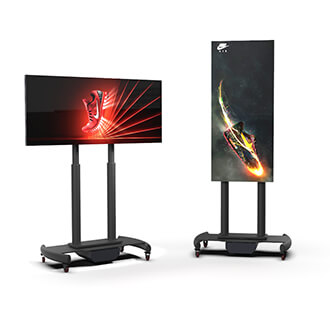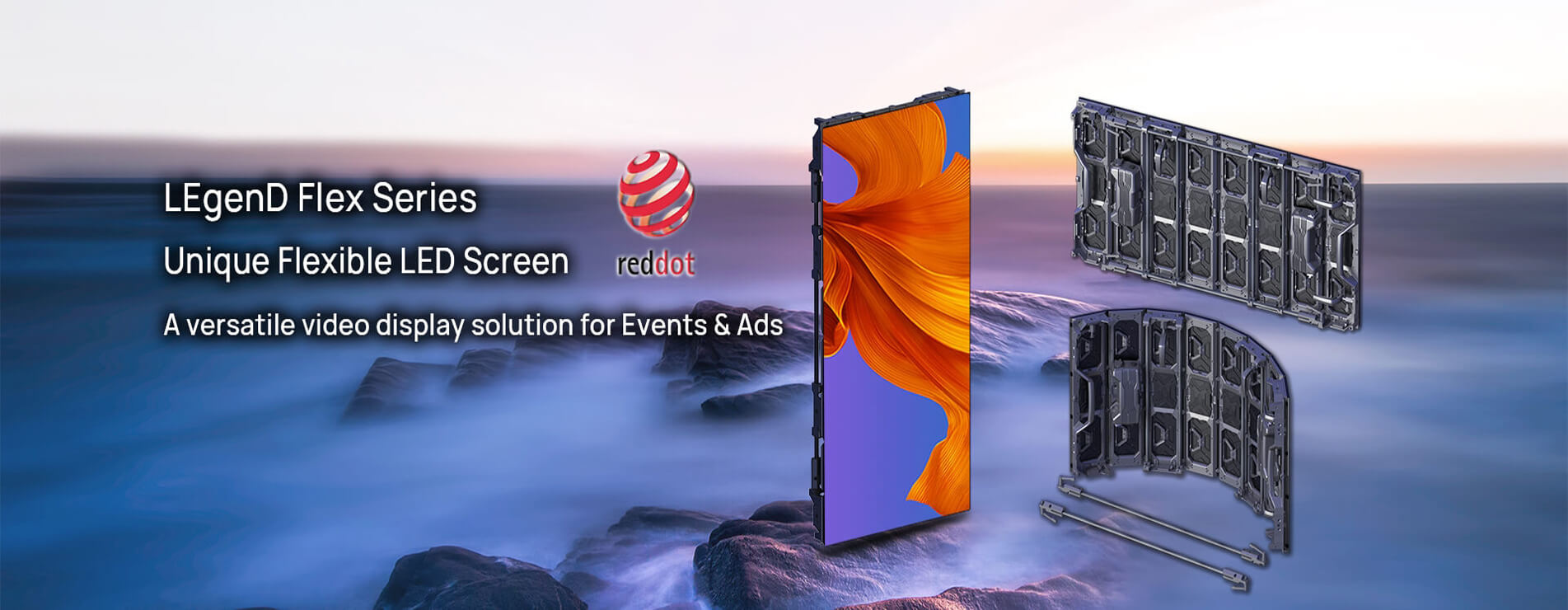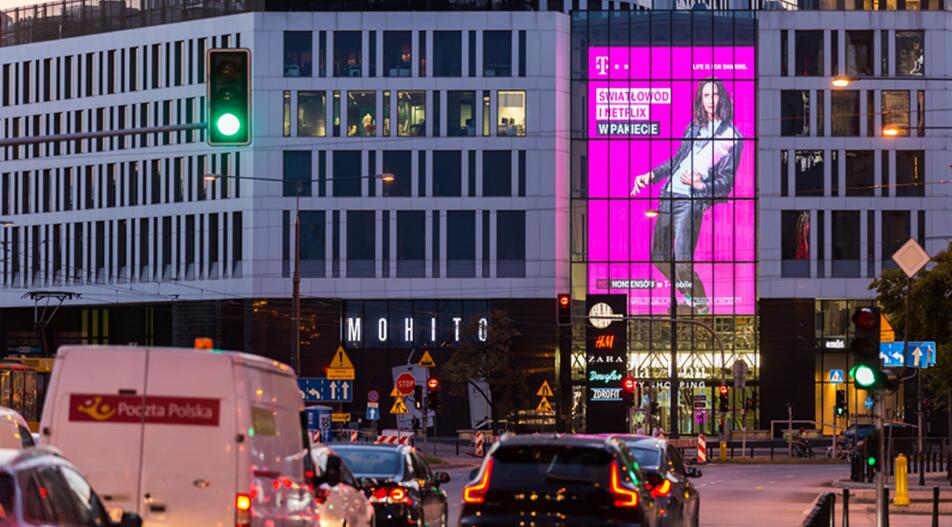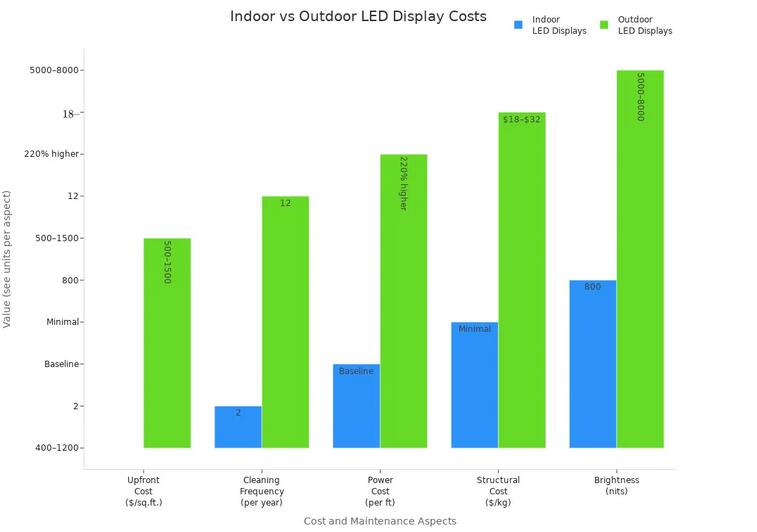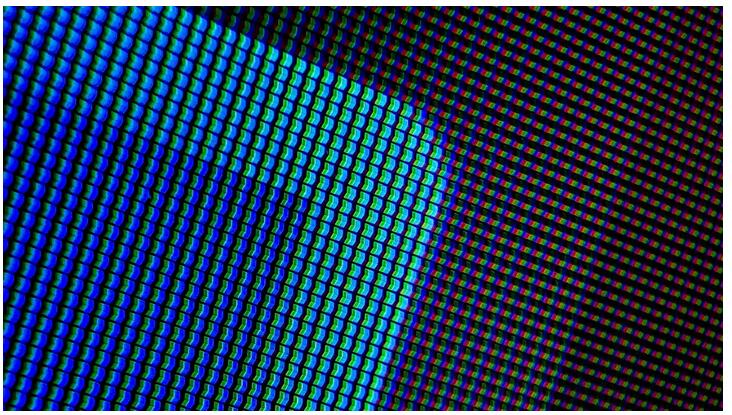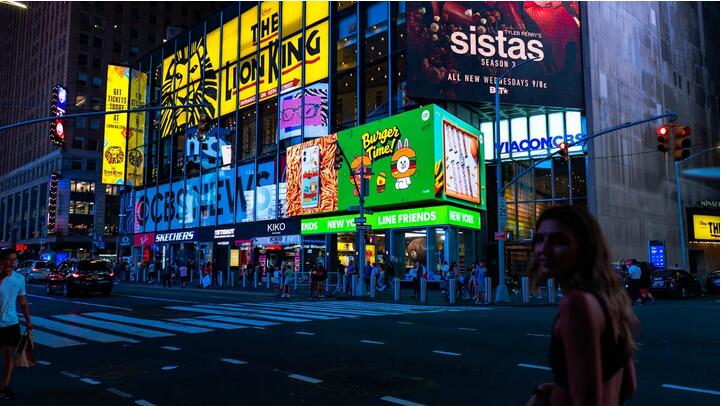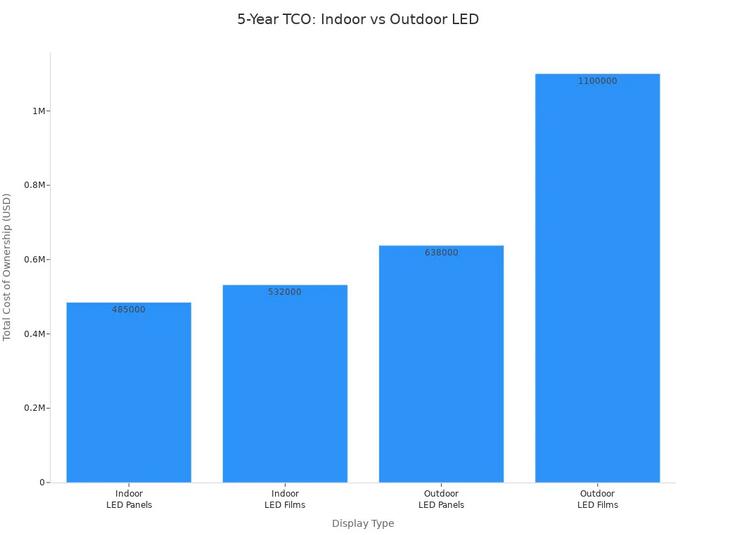You will notice many important differences when picking indoor or outdoor LED screens in 2025. Outdoor LED screens need to be very bright. They must also be tough and able to handle bad weather. Indoor LED screens focus on showing clear details and good colors. Where you use the screen, what you use it for, and your budget are all important. The quick chart below shows how these LED screens are not the same:
|
Factor
|
Outdoor LED Displays
|
Indoor LED Displays
|
|
Environmental Factors
|
Must handle wetness, hot or cold weather, sunlight, and dust. They need to be weatherproof and strong.
|
Made for places where the air and temperature are controlled. No need for weatherproofing. Not as strong against water and dust.
|
|
Brightness
|
Needs to be very bright so people can see it in sunlight. Uses more power.
|
Made to look clear in rooms with steady light. Uses less brightness and power.
|
|
Durability
|
Made with special coatings and tight seals. This helps them last a long time outside.
|
Not as strong. Can get damaged by water or changes in temperature.
|
|
Application Types
|
Used for ads outside, public info, big events, and lighting buildings. People need to see them from far away.
|
Used in stores, office lobbies, meeting rooms, and signs inside. These need to look good up close.
|
|
Budget Considerations
|
Costs more at first and to keep working. This is because they are built strong and weatherproof.
|
Cheaper but only for inside use. Costs less to set up and take care of.
|
The world market for LED screens is still getting bigger. Indoor LED display choices are leading in many areas. You should pick based on how you want to balance how well it works, where you put it, and how much it costs.
Key Takeaways
-
Outdoor LED displays are very bright and can handle bad weather. They are made to last a long time. People can see them from far away.
-
Indoor LED screens show sharp and clear pictures. The colors look bright and nice. These screens are best for places where people are close.
-
Outdoor LED screens cost more at first. They also use more power and need more care. But they are strong and last a long time.
-
Indoor LED screens cost less money. They use less energy. They are good for showing details in stores, offices, and schools.
-
Picking the right LED display depends on where you use it. You should think about how far people will be. You also need to think about your budget and what you want to do with it.
LED Display Comparison Overview
Key Differences
When you look at indoor and outdoor LED screens in 2025, you see some clear key differences. The most important factors include pixel pitch, brightness output, durability, and cost. Indoor screens use a smaller pixel pitch, which means you get sharper images when you stand close. Outdoor screens use a larger pixel pitch, so people can see the content from far away.
You will notice that brightness is much higher for outdoor screens. These need to fight sunlight and stay visible in all weather. Indoor screens do not need as much brightness, so they use less power. Durability is another big factor. Outdoor LED screens have weatherproof and dustproof cases. They can handle rain, wind, and even snow. Indoor screens do not need this level of protection.
Cost is also a major part of the comparison. Outdoor LED displays cost more because they use stronger materials and need extra features for protection. You also pay more for installation and maintenance. Indoor screens cost less, but you can only use them in safe, dry places.
Tip: Always check the environment before you choose your LED display. Outdoor screens need to survive tough conditions, while indoor screens focus on image quality.
You will also see new technology in 2025. Micro LED chips make screens sharper and more colorful. These advancements help lower costs and improve performance for both types.
Quick Specs Table
You can use this quick comparison table to see the key differences between indoor and outdoor LED screens:
|
Feature
|
Indoor LED Screens
|
Outdoor LED Screens
|
|
Pixel Pitch
|
0.6mm – 2.5mm (smaller, sharper)
|
2.5mm – 20mm (larger, for distance)
|
|
Brightness Output
|
600 – 1,500 nits
|
5,000 – 10,000 nits (high brightness)
|
|
Durability
|
Basic protection, low IP rating
|
Weatherproof, dustproof, IP65–IP68+
|
|
Cleaning Needs
|
2 times/year
|
Up to 12 times/year
|
|
Power Needs
|
Standard
|
220% higher power distribution
|
|
Structural Needs
|
Minimal
|
Extra reinforcement, $18–$32/kg load
|
|
Average Cost/Sq Ft
|
$127
|
$342
|
|
Maintenance Cost
|
Baseline
|
~20% higher
|
You can see from this quick comparison that outdoor LED screens need more power, cleaning, and structural support. The cost is higher, but you get a screen that can last outside for years.
Note: The quick comparison shows that outdoor LED displays cost about 2.7 times more per square foot than indoor screens. This is because of the extra protection and high brightness needed for outdoor use.
You should always use a quick comparison like this before you buy. It helps you match the right LED display to your needs and budget. If you want the best image up close, go for indoor screens. If you need a display that stands up to the weather, outdoor screens are the better choice.
Indoor LED Wall Features
Core Specs
Indoor led wall technology in 2025 gives sharp pictures and bright colors. These screens use very small pixel pitch, from P0.9 to P5. This means you see clear images even when standing close. Most indoor led displays can show up to 8K resolution. Your videos and pictures look crisp in any room. Brightness goes from 800 to 5,500 nits, so screens stay easy to see in bright places. Indoor led walls have wide viewing angles, up to 160° both ways. Everyone in the room sees the same picture quality. High refresh rates, up to 7,680Hz, stop flicker and keep motion smooth. Color stays true with careful calibration and HDR support. This gives you real-life looking images.
|
Specification
|
Details
|
|
Pixel Pitch
|
P0.9 – P5 (ultra-fine for close viewing)
|
|
Resolution
|
Up to 8K, supports 1080p, 2K, 4K, and 8K
|
|
Brightness
|
800 – 5,500 nits, HDR support
|
|
Viewing Angles
|
160° horizontal and vertical
|
|
Refresh Rate
|
Up to 7,680Hz
|
|
Grayscale Depth
|
14–16 bit for smooth gradients
|
|
Maintenance
|
Front/rear serviceable, magnetic modules
|
Best Use Cases
Indoor led wall systems work in many places. Stores, meeting rooms, and office lobbies use them for ads and talks. Schools, hospitals, and exhibit halls use indoor led displays for clear info and fun visuals. Indoor led video walls are also used in factories, car companies, and energy plants. They help with watching data and talking to teams. The market for indoor led signs is growing fast in Asia-Pacific, North America, and Europe.
Tip: Indoor led signs are best when you need sharp detail and good color, like in showrooms, control rooms, and art studios.
Pros and Cons
Indoor led wall solutions have many good points. They are efficient because they can show content on both sides and fit in small spots. The modular design makes fixing them easy. You can use these screens in many places. Indoor led displays use less power and can change brightness by themselves. This saves energy. They last a long time and work smoothly.
|
Aspect
|
Advantages
|
Disadvantages
|
|
Efficiency
|
Double-sided display, space-saving
|
Higher installation requirements
|
|
Versatility
|
Fits malls, schools, hospitals, exhibitions
|
Maintenance can be more complex
|
|
Energy & Environment
|
Low power use, auto brightness, eco-friendly
|
Minor compared to benefits
|
|
Durability
|
Stable operation, long lifespan
|
N/A
|
|
Repair & Operation
|
Modular, easy repair, simple for beginners
|
N/A
|
|
Interactivity
|
Interactive features for user engagement
|
N/A
|
Indoor led screens may need careful setup and more maintenance. But these problems are small compared to their strong performance and flexibility.
Installation Notes
When you put in an indoor led wall, think about a few things:
-
Modular and flexible designs help indoor led signs fit any space, even curved walls or tight corners.
-
Pixel pitch tuning matters. Match the pixel pitch to how far people stand and what you show. This helps avoid extra cost.
-
Many indoor led displays now have remote monitoring. You can check how they work and get alerts without being there.
-
Energy efficiency is important. Pick indoor led screens that use less power to save money.
-
Installers often have to work with a budget and balance what clients want with cost. Remote checks help cut down on repair trips.
Note: Always plan your indoor led wall setup so it is easy to upgrade and fix later.
Outdoor LED Video Walls
Core Specs
Outdoor led screens are made to handle tough weather. They keep working in rain, snow, or heat. These screens are much brighter than indoor ones. Their brightness can reach 5,000 to 10,000 nits. This lets people see them even in bright sunlight. Outdoor led displays use a bigger pixel pitch, from 2.5mm to 10mm. This helps people see the screen from far away. The cabinets are built from strong metals like aluminum or die-cast magnesium. Most outdoor led video walls have an IP65 rating or higher. This means they block water and dust. They work in very hot or cold weather, from -40°C to +70°C.
|
Specification
|
Details
|
|
Brightness
|
5,000 – 10,000+ nits
|
|
Pixel Pitch
|
2.5mm – 10mm
|
|
IP Rating
|
IP65 front / IP54+ back
|
|
Cabinet Material
|
Aluminum or die-cast magnesium
|
|
Refresh Rate
|
≥3840 Hz
|
|
Operating Temperature
|
-40°C to +70°C
|
Tip: Outdoor led wall screens save power by changing brightness when it gets dark.
Best Use Cases
You can find outdoor led screens in many places in 2025. They light up stadiums, airports, and busy city areas. Sports places and public spaces use them for live shows and updates. Stores use outdoor led wall displays for bright ads. In Asia-Pacific, smart cities use them for maps and alerts. Entertainment and public events use the most outdoor led displays. Retail and transportation also use many outdoor led screens.
Pros and Cons
Outdoor led wall systems have many good points. They are very bright and can handle bad weather. Your message stays clear in any condition. Outdoor led screens make big pictures that get attention. They can show moving content and link to smart city networks. But outdoor led signs cost more than indoor screens. They are harder to set up and need skilled workers. Outdoor led displays use more energy, but new models help save power.
-
Pros:
-
Very bright, easy to see in sunlight
-
Strong and weatherproof
-
Big screens for a strong effect
-
Shows live and interactive content
-
Has smart features like AI and IoT
-
Cons:
Installation Notes
Putting up an outdoor led wall needs careful planning. You must check if the site can hold the screen’s weight. Outdoor led screens need strong mounts and safe wires. Many use modular frames for easy fixing. Plan for front or back access, based on your space. Good cable management keeps things safe and neat. Experts usually install outdoor led walls because they are big and complex. Regular checks and cleaning help them last longer.
Note: Outdoor led displays use more power than indoor screens. Energy-saving features help lower costs over time.
2025 Cost Comparison
Price Ranges
You will see big differences in price when you compare indoor and outdoor led displays in 2025. The 2025 cost comparison shows that indoor led screens cost less for the same size. For example, a small indoor led wall (2 x 2 meters, P2.5) costs between $6,000 and $8,000. A medium indoor screen (4 x 3 meters) costs $12,000 to $18,000. Large indoor led displays (10 x 6 meters) can reach $70,000. Outdoor led screens cost more because they need to be brighter and weatherproof. A medium outdoor led wall (5 x 3 meters, P6) costs $20,000 to $25,000. A large outdoor led display (10 x 6 meters, P10) can cost up to $60,000. The cost per square foot is much higher for outdoor led displays.
|
Screen Type
|
Size (meters)
|
Pixel Pitch (mm)
|
Price Range (USD)
|
Notes
|
|
Indoor LED
|
2 x 2
|
~P2.5
|
$6,000 - $8,000
|
Small indoor screen, lower brightness requirements
|
|
Indoor LED
|
4 x 3
|
~P2.5
|
$12,000 - $18,000
|
Medium indoor screen, higher resolution
|
|
Indoor LED
|
10 x 6
|
~P3
|
$50,000 - $70,000
|
Large indoor screen, high resolution
|
|
Outdoor LED
|
5 x 3
|
~P6
|
$20,000 - $25,000
|
Medium outdoor screen, high brightness and waterproofing needed
|
|
Outdoor LED
|
10 x 6
|
~P10
|
$40,000 - $60,000
|
Large outdoor screen, robust weatherproofing and brightness
|
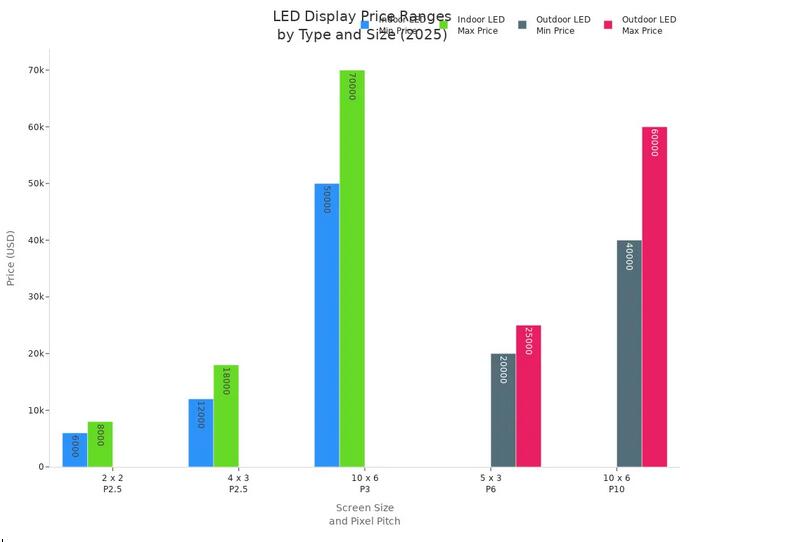
Note: Outdoor led cost comparisons show that outdoor displays cost 30% to 50% more than indoor ones.
Factors Affecting Cost
Many things affect the cost breakdown for led displays. You pay more for smaller pixel pitch because it gives higher resolution. Bigger screens need more led modules, which raises the cost. Outdoor led displays need higher brightness and weatherproofing, so their cost goes up. Custom shapes or curved screens add to the cost breakdown. Advanced control systems and smart features also increase costs. Installation can be expensive if you need special mounts or labor. Where the led display is made changes the price too. Premium brands charge more for better support and longer warranties.
Total Cost of Ownership
When you look at the total cost of ownership over five years, you see more differences. Indoor led panels (100m², 16 hours/day) have a total cost of about $485,000. Outdoor led panels for the same area can reach $638,000. Outdoor led displays need more cleaning, repairs, and energy. They also have higher installation costs. Indoor led screens last longer and need less maintenance. Outdoor led panels keep their value better after five years. The 2025 cost comparison shows that you pay more for outdoor led displays, but you get better durability and brightness.
Tip: Always check the full cost breakdown, not just the price tag. This helps you plan your budget and avoid surprises.
LED Display Decision Guide
Environment
You need to look at your environment first when choosing the right led screen. Indoor spaces like offices, stores, or schools have steady temperatures and no rain or dust. Indoor led screens work best here because they do not need extra protection. Outdoor led screens face sun, rain, wind, and even snow. Outdoor led signs must be tough, weatherproof, and bright enough to fight sunlight. If you want your display to last, always match the screen to its environment. Outdoor led screens use special coatings and strong cases to keep working in harsh weather. Indoor led screens focus on color and detail, not on fighting the elements.
Tip: Place outdoor led signs in open areas where people can see them from far away. Use indoor led screens in safe, dry places for the best image quality.
Application Needs
Think about how you plan to use your led display. If you want to show ads outside, share public information, or light up a stadium, outdoor led screens are the best choice. These screens grab attention and reach large crowds. Outdoor led signs work well for events, sports, and busy streets. If you need to show detailed images, videos, or presentations inside, pick indoor led screens. These displays shine in retail, conference rooms, and control centers. Indoor led screens also help in schools, hospitals, and offices where people stand close to the screen.
-
Outdoor led screens: Best for ads, events, sports, and public spaces.
-
Indoor led screens: Best for stores, meeting rooms, and places where people view content up close.
Note: Choosing the right led screen for your application helps you get the best results and saves you money.
Viewing Distance
You must match the pixel pitch of your led display to how far people will stand from the screen. Pixel pitch means the space between each led on the screen. Smaller pixel pitch gives sharper images for close viewing. Larger pixel pitch works for screens people see from far away. For indoor led screens, use a small pixel pitch like P1.2 or P1.5. These work well in conference rooms or exhibition halls where people stand close. For outdoor led screens, use a larger pixel pitch like P4, P6, or P10. These screens are easy to see from tens of meters away.
The minimum viewing distance is about 2.5 times the pixel pitch. For example, a P2.5 screen looks best from at least 6.25 meters away. The maximum viewing distance depends on the screen’s height, usually up to 20 times the height.
|
Pixel Pitch
|
Typical Application
|
Minimum Viewing Distance (m)
|
Maximum Viewing Distance (m)
|
|
P1.9 - P3.91
|
Indoor led screens (conference rooms)
|
Pixel pitch × 2.5
|
Screen height × 20
|
|
P4 - P10
|
Outdoor led screens (billboards)
|
Pixel pitch × 2.5
|
Screen height × 20
|
Tip: Always check the viewing distance before you buy. This helps you pick the right pixel pitch and avoid blurry or pixelated images.
Budget and ROI
You need to plan your budget and think about return on investment (ROI) before you buy a led display. Outdoor led screens cost more at first because they need strong cases, weatherproofing, and high brightness. You also pay for permits, construction, and electrical work. Outdoor led signs save money over time by cutting labor costs. You do not need to change signs by hand. These screens use about 50% less energy than old outdoor lighting, so you save on power bills. Outdoor led screens often pay for themselves in 14 to 18 months because they bring in more customers and ad revenue.
Indoor led screens cost less to install and maintain. They use less power and last a long time. These screens help stores, restaurants, and offices by showing dynamic content that boosts sales and keeps customers engaged. Indoor led displays improve customer experience and brand recall. You get ROI over a longer time, but you also get better engagement and lower maintenance costs.
-
Outdoor led screens: Higher upfront cost, fast ROI, strong impact in public spaces.
-
Indoor led screens: Lower cost, steady ROI, best for customer engagement and detailed content.
Note: Always include maintenance in your budget. Good planning helps you avoid surprise costs and keeps your screens working longer.
Compliance
You must follow local rules and standards when you install led displays. Many cities now require that at least 90% of a building’s lighting comes from led lights. You may need occupancy sensors in common spaces. Some places ask for proof that all electricity comes from renewable sources. If you cannot meet these rules, you might need to show a 15% energy reduction instead. Deadlines for compliance depend on your building size. For example, buildings between 15,001 and 24,999 square feet must comply by December 31, 2025.
You need a lighting audit from a certified professional. This person checks your led display and makes sure it meets all rules. Multi-tenant buildings must send one report for all tenants. You must keep documents like audit templates, letters from lighting experts, and proof of their license. If your building was built or remodeled under the 2019 code, you may already comply if you have the right papers. The city can check your site at any time, so keep your records ready.
Tip: Work with certified lighting professionals. They help you plan, audit, and report your led display setup to avoid fines and delays.
Maintenance Tips
You must take care of your led screens to keep them working well. Clean your screens often to stop dust and dirt from causing damage. Check all power and electrical parts for safety. Update your software every few months to fix bugs and add new features. In tough environments, use anti-corrosion treatments and install sensors for temperature and humidity. Make a maintenance plan with regular checks and yearly service from experts. Run your led system for a few hours each month during slow times to keep all parts active. Label cables and use remote monitoring to spot problems early.
Note: Good maintenance extends the life of your led display, saves money, and keeps your brand looking sharp.
You have learned that indoor and outdoor led displays are different. Outdoor led screens are bright and strong for outside places. Indoor led walls show clear pictures and save energy. Pick your led display based on where you use it, how far people stand, and what you need it for.
Key takeaways:
-
Outdoor led displays use less energy and have smart controls now.
-
Indoor led walls use new COB and MiP technology for better color and lower price.
-
The led market is moving to flexible, see-through, and interactive options.
Next steps:
-
Decide what your led display will do and who will see it.
-
Check your space size and plan your spending.
-
Pick led features that fit your place.
-
Talk to a display expert or ask for a demo.
